How to Get Rid of Red Blotches on Face
When you're young, rosy little cheeks are pretty adorable. However, as an adult, facial redness is arguably anything but charming. Dealing with red skin can be frustrating, embarrassing and downright baffling.
That's why TODAY Style tapped top dermatologists to determine what causes facial redness, how to avoid it and how to get rid of it.
Why is my face red?
There's no "one size fits all" remedy for facial redness. Your face can look red and irritated for many reasons — acne is just the most obvious one.
"What most people refer to as facial redness can be caused by a variety of different skin disorders," said Dr. Janelle Vega, a board-certified dermatologist.
While it's impossible to pinpoint the cause of your facial redness every time you get a little flushed, these are some of the most common causes of red skin:
Rosacea
- What is it? "Rosacea is a condition that leads to redness and often pimples on the face," said Dr. Angela J. Lamb, a board-certified dermatologist in New York City.
- What causes it? Rosacea is a skin condition often mistaken for acne, and certain triggers — anything from extreme temperatures to spicy food — can likely cause it.
Atopic dermatitis or eczema
- What is it? "Atopic dermatitis typically shows up as red, itchy, dry, inflamed skin, leading to a compromised skin barrier and skin immunity. People with uncontrolled eczema tend to get secondary infection," said Dr. Howard Sobel, a New York City dermatologist and founder of Sobel Skin.
- What causes it? The actual cause is still unknown, but recent studies show that gut health and stress can contribute to flare-ups, according to Sobel.
Contact dermatitis
- What is it? "This is when your skin has an allergic reaction to something you've applied topically," Sobel said.
- What causes it? Everyone's skin reacts to ingredients differently, but some common culprits include fragrances and preservatives.
Over-exfoliation
- What is it? When you exfoliate too often, your skin can take on a red, raw appearance.
- What causes it? "This is getting to be very common as at-home peels are gaining in popularity. While at-home peels are safe and effective, if you over-exfoliate, you do compromise and weaken your skin barrier, which inflames the skin," Sobel said.
Seborrheic dermatitis
- What is it? "Most people associate seborrheic dermatitis with the scalp, as it's the cause of dandruff. However, it can affect your face as well," Sobel said.
- What causes it? Seborrheic dermatitis is caused by an overgrowth of yeast on the skin that leads to redness, inflammation and even scaling in some people, according to Sobel.
Can you avoid facial redness?
None of us has perfect skin, but there are a few ways you can try to prevent facial redness. The secret is knowing your red skin triggers.
"The most common triggers that are not product-related are extremes of weather (both heat and cold), caffeine, spicy foods, chocolate and stress. Not all of the aforementioned will be triggers for everyone, however, so play around and get to know your own triggers, then avoid them," Vega said.
Not sure how to avoid facial redness? Here's a quick cheat sheet:
- Wear sunscreen! "First and foremost, make sure that you are always using sunscreen and seeking shade! The sun can be a powerful trigger for most people's skin, so protection is key," Vega said.
- Keep your skin care routine simple: "If you are prone to redness, don't overdo your skin care routine. Use calming, hydrating cleansers, serums and moisturizers," Sobel said.
- Exfoliate sparingly: "Exfoliating at home is great for anti-aging, but don't overdo it by using AHA toners and peel pads twice a day. Avoid physical exfoliants like rough facial scrubs made with walnut scrubs or sugar," Sobel said.
- Know your triggers: In addition to the aforementioned facial redness triggers, those prone to rosacea and eczema can also experience aggravated skin after taking a hot shower, drinking alcohol, exercising and using products with fragrance (synthetic or natural).
How to get rid of redness on the face
Redness happens! And when it does, there are a few ways to give your skin some much-needed relief.
- Use soothing ingredients: "Products containing niacinamide, sulfur, allantoin, caffeine, licorice root, chamomile, aloe and cucumber can help reduce redness," said Dr. David Bank, a board-certified dermatologist in Mount Kisco, New York.
- Pare down your product routine: If you think your red skin is due to a product allergy or over-exfoliating, it's time to simplify your product routine. "I usually recommend eliminating all nonessential products in these cases, including makeup to reduce allergen exposure. Once you allow the skin to calm down, then reintroduce products one by one over a period of days to allow for the culprit to identify itself. A visit to a dermatologist or allergist that does patch testing is helpful in causes related to allergies," Vega said.
- Get professional help: A dermatologist can help diagnose the exact cause of your red skin and develop a plan to help treat it. Common options for rosacea and eczema include prescription anti-inflammatory creams, oral antibiotics, facials or lasers. Salicylic acid cleansers can help remove dead skin cells and reduce redness in those dealing with seborrheic dermatitis.
Should facial redness ever concern you?
A little red skin here and there is frustrating, but should it be cause for concern? At the end of the day, it's up to you to decide if your facial redness is out of character for your skin.
"Redness can be a sign of an underlying issue such as lupus, shingles or a systemic allergy such as a medicine reaction. If you have tried over-the-counter remedies without success, see a dermatologist for further evaluation. Even if it isn't one of these more serious conditions, it still might require a prescription," Banks said.
Products to reduce redness on the face
1. Olay Sensitive Calming Liquid Cleanser
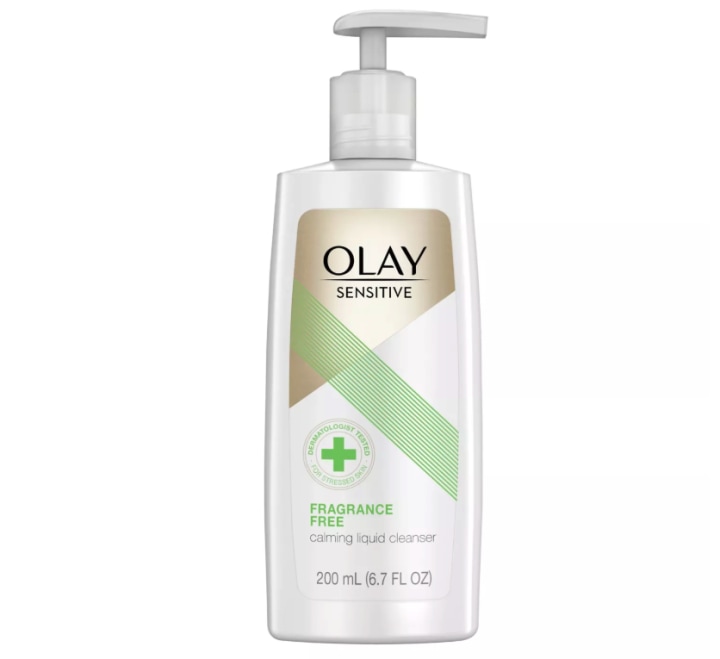
Prone to redness? Seek out gentle skin care products tailored for sensitive skin, like this calming cleanser.
2. CeraVe Hydrating Face Wash
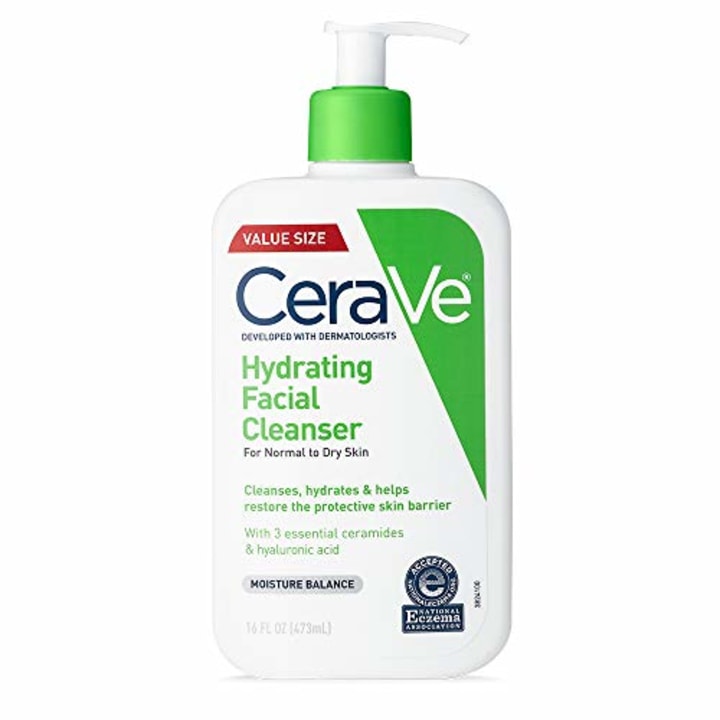
Sobel suggests looking for gentle cleansers that are hydrating, fragrance-free and made with as few ingredients as possible, like this one from CeraVe.
3. EltaMD UV Clear Facial Sunscreen
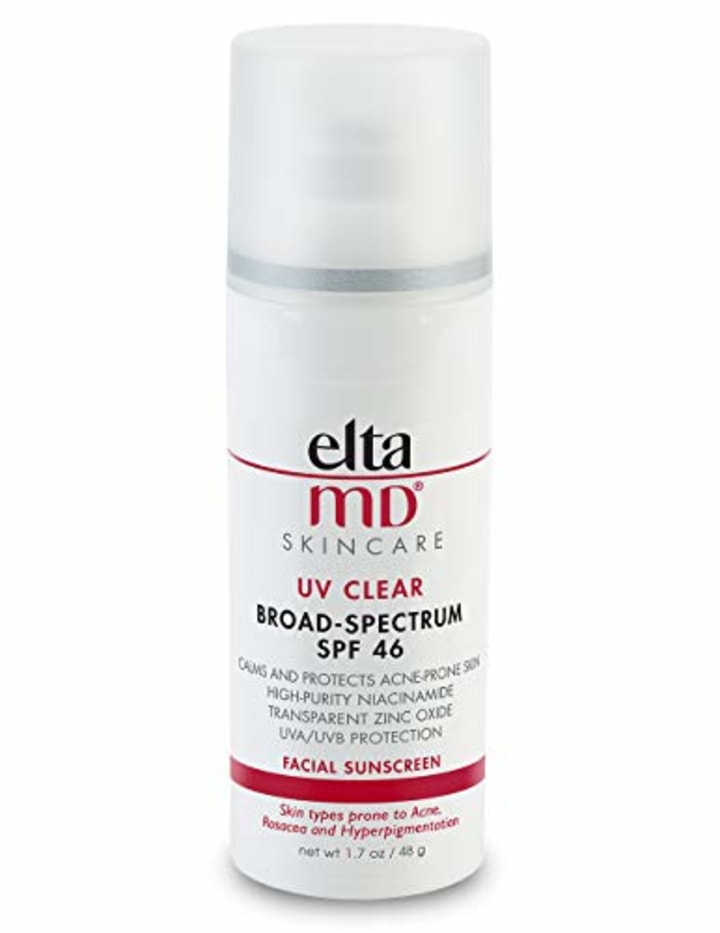
Vega recommends this SPF with niacinamide, a calming ingredient that can help soothe redness.
4. Avène Antirougeurs Calm Soothing Repair Mask

According to Sobel, hydrating masks can offer red skin a calming, cooling and soothing effect.
5. Cetaphil Redness Relieving Night Moisturizer
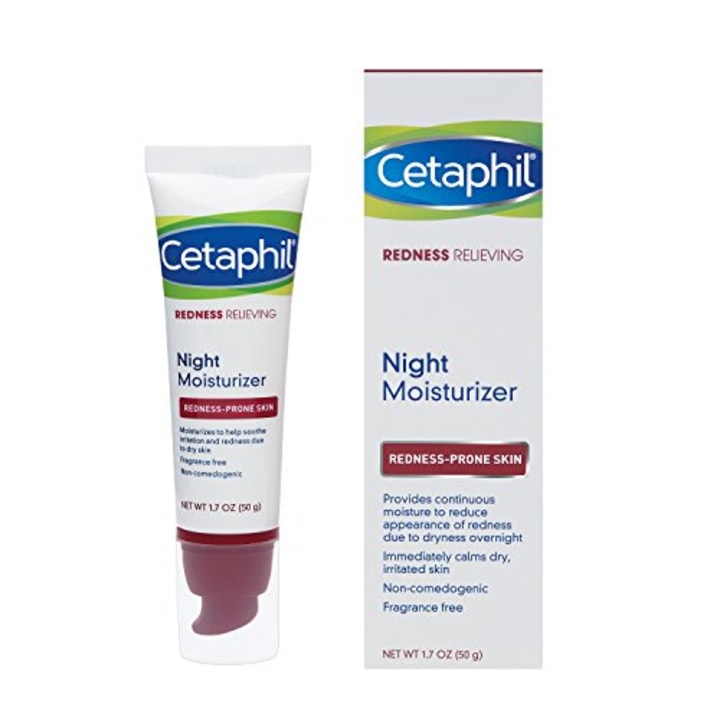
Banks swears by this night cream containing niacinamide, allantoin, licorice root and caffeine to reduce redness.
6. La Roche Intense Face Serum
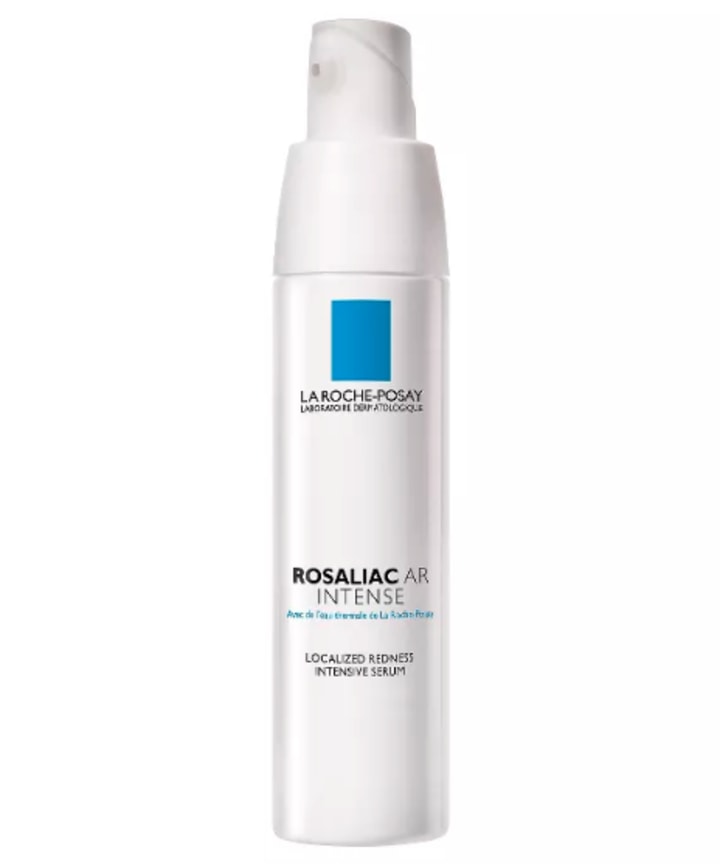
This serum contains ambophenol, an ingredient Sobel suggests using to soothe skin.
7. Rodan + Fields Soothe Rescue Mask
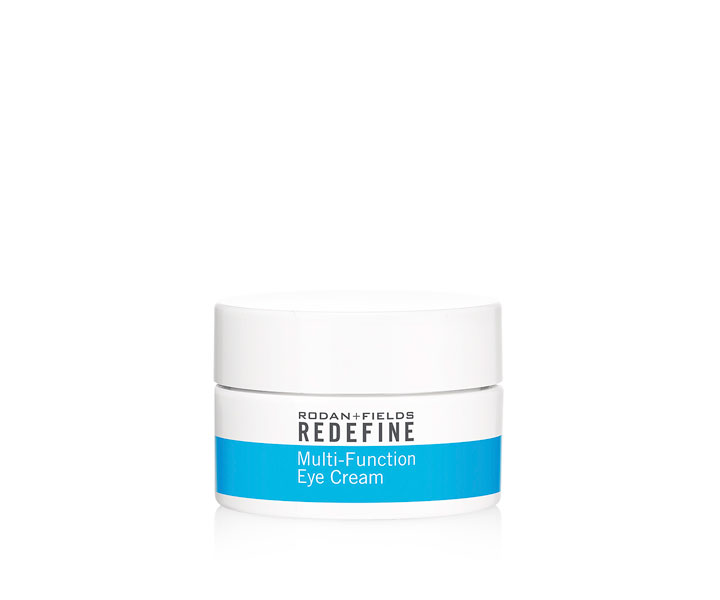
You can thank the calamine clay in this mask for its skin-soothing properties.
8. Savor Beauty Detox Manuka Honey Masque
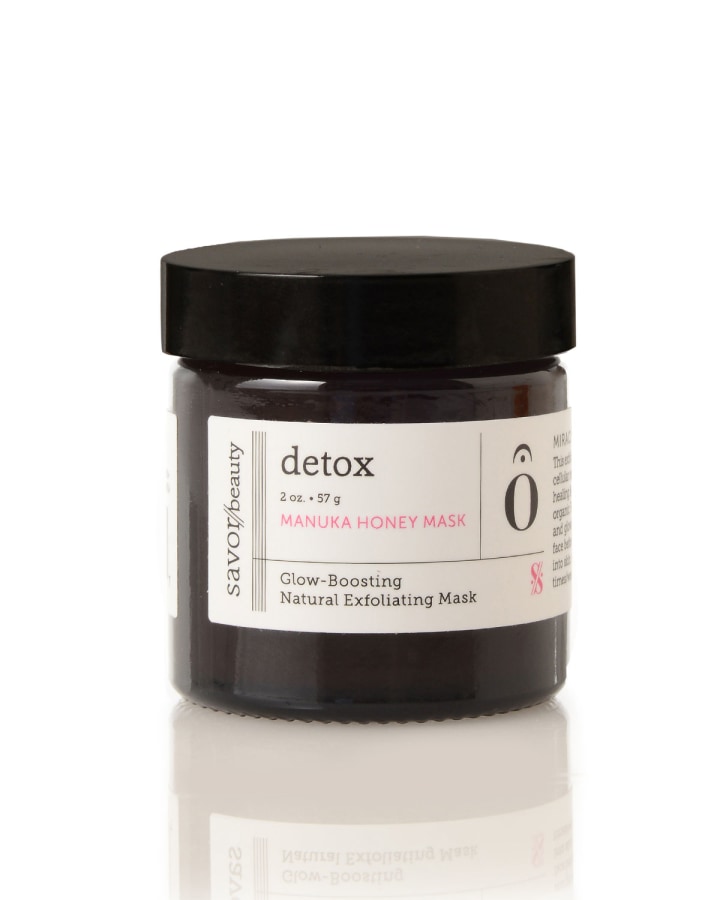
Sobel loves this mask for its anti-inflammatory properties.
Chrissy Callahan covers a range of topics for TODAY.com, including fashion, beauty, pop culture and food. In her free time, she enjoys traveling, watching bad reality TV and consuming copious amounts of cookie dough.
How to Get Rid of Red Blotches on Face
Source: https://www.today.com/style/dermatologists-reducing-inflammation-redness-face-t157043#:~:text=Common%20options%20for%20rosacea%20and,those%20dealing%20with%20seborrheic%20dermatitis.